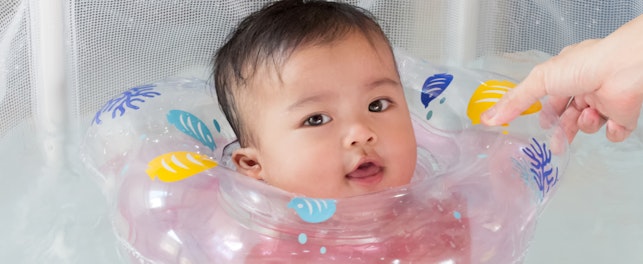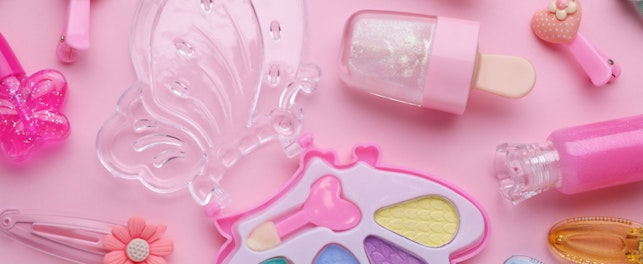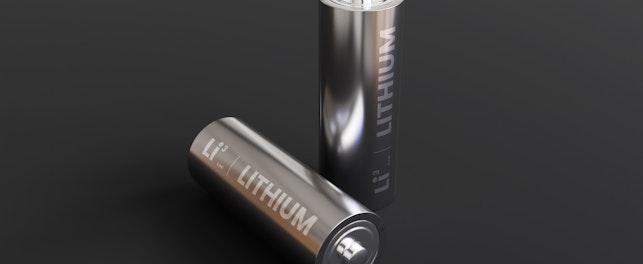CEN has published EN 14350:2020 for the safety requirements, test methods and product information for drinking equipment intended for young children. Conflicting national standards are to be withdrawn by June 2021 at the very latest.
In June 2020, the European Committee for Standardization (Comité Européen de Normalisation, CEN) published EN 14350:2020 ‘Childcare articles – Drinking Equipment – Safety requirements and test methods’. This standard specifies safety requirements relating to the materials, construction, performance, packaging and product information for drinking equipment intended for children 0 to 48 months of age.
EN 14350:2020 supersedes the following two standards on drinking equipment for young children:
- EN 14350-1:2004 ‘Child use and care articles – Drinking equipment – Part 1: General and mechanical requirements and tests’
- EN 14350-2:2004 ‘Child use and care articles – Drinking equipment – Part 2: Chemical requirements and tests’
These two standards have been combined into EN 14350:2020 to give a completely renewed standard with a new structure. This new standard contains, inter alia, several important major changes:
- Clause 3 ‘Terms and Definitions’ – restructured with revision of existing terminologies and addition of new entries
- Clause 4 ‘Description’ – expands pictorial representations of different pieces of drinking equipment and their design features by including a push-pull valve, protective covers, handles, a clip and loops
- Clause 5 ‘Test equipment and tolerances’ – completely new section describing the test equipment to be used
- Clause 6 ‘Construction and mechanical properties – General and sample preparation’ – sample preparation and conditioning have been revised
- Clause 7 ‘Construction and mechanical requirements and tests’ – expanded and restructured to improve the order of testing. New requirements for decoration, inscription and decals have been introduced, and the test method has been modified
- Clause 8 ‘Chemical requirements and test methods’ – expanded and restructured but substances covered by other pieces of harmonized legislation are excluded, including:
- Phthalates falling under entries 51 and 52 to Annex XVII of Regulation (EC) 1907/2006 ‘Registration, Evaluation, Authorization and Restriction of Chemicals (REACH)
- Food contact substances (e.g. bisphenol A (BPA)) in Regulation (EU) 10/2011 ‘Food Contact Plastics’
- Annex A ‘Warnings’ – completely new normative annex with translation of warnings in 24 languages
- Annex B ‘Rationales’ – completely new informative annex providing explanations for the inclusion of some of the requirements in the standard
- Annex C ‘Method for the determination of 2-mercaptobenzothiazole (MBT) and antioxidants specified in Table 7’ – informative annex has been revised and in more detail
- Annex E ‘Good practice for visibility and legibility’ – completely new informative annex for warnings, product and purchase information as well as instructions for use
According to EN 14350:2020, this standard will be given the status of a national standard by December 2020 and conflicting national standards are to be withdrawn by June 2021 at the very latest. This standard is expected to be harmonized under Directive 2001/95/EC, the so-called General Product Safety Directive (GPSD), upon official acceptance by the European Commission (EC) and by publication in the Official Journal of the European Union (OJEU).
Highlights of migration limits for elements in drinking equipment between EN 14350:2020 and EN 14350-2:2004 are summarized in Table 1. It is interesting to note that the new standard has migration limits for 19 soluble elements, including two types of chromium.
| Migration Limit (mg/kg) | ||
|---|---|---|
| Soluble Element | EN 14350:2020 | EN 14350-2:2004 |
| Antimony (Sb) | 120 | 15 |
| Arsenic (As) | 10 | 10 |
| Barium (Ba) | 4,000 | 100 |
| Cadmium (Cd) | 3.6 | 20 |
| Chromium (Cr) | ---- | 10 |
| Lead (Pb) | 5.0 | 25 |
| Mercury (Hg) | 20 | 10 |
| Selenium (Se) | 100 | 100 |
| Aluminum (Al) | 6,000 | ---- |
| Boron (B) | 3,200 | ---- |
| Chromium (III) | 100 | ---- |
| Chromium (VI) | 0.002* | ---- |
| Cobalt (Co) | 28 | ---- |
| Copper (Cu) | 1,660 | ---- |
| Manganese (Mn) | 600 | ---- |
| Nickel (Ni) | 56 | ---- |
| Strontium (Sr) | 12,000 | ---- |
| Tin (Sn) | 40,000 | ---- |
| Organic tin | 2.5 | ---- |
| Zinc (Zn) | 10,000 | ---- |
| Effective date | By June 2021 | In force |
| *Sample considered a ‘Pass’ if result is below the Limit of Quantification (LOQ) of EN 71-3 | ||
Table 1
SGS is committed to providing information about development in regulations for consumer products as complimentary services. Through a global network of laboratories, SGS provides a wide range of services including physical/mechanical testing, analytical testing and consultancy work for technical and non-technical parameters applicable to a comprehensive range of consumer products. Please do not hesitate to contact us for further information.
For enquiries, please contact:
Hingwo Tsang
Global Information and Innovation Manager
t: (+852) 2774 7420
© SGS Group Management SA - 2020 - All rights reserved - SGS is a registered trademark of SGS Group Management SA. This is a publication of SGS, except for 3rd parties’ contents submitted or licensed for use by SGS. SGS neither endorses nor disapproves said 3rd parties contents. This publication is intended to provide technical information and shall not be considered an exhaustive treatment of any subject treated. It is strictly educational and does not replace any legal requirements or applicable regulations. It is not intended to constitute consulting or professional advice. The information contained herein is provided “as is” and SGS does not warrant that it will be error-free or will meet any particular criteria of performance or quality. Do not quote or refer any information herein without SGS’ prior written consent.



